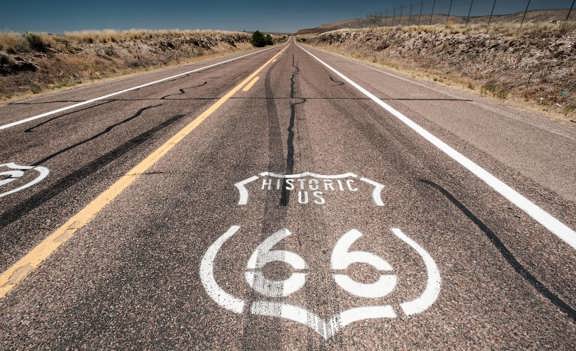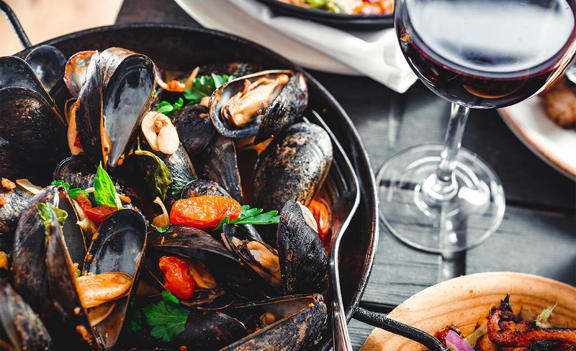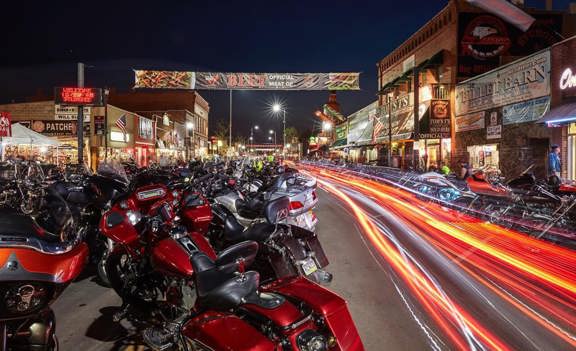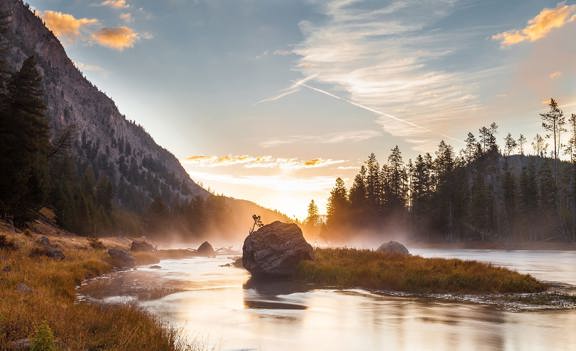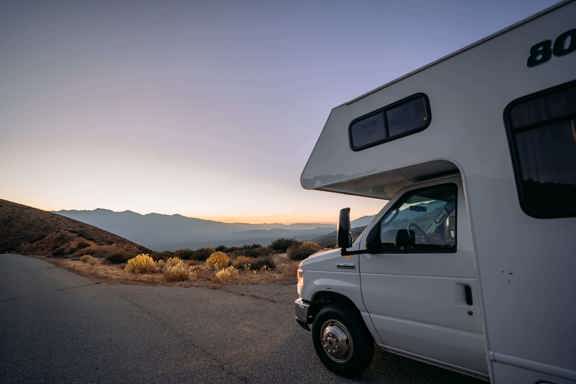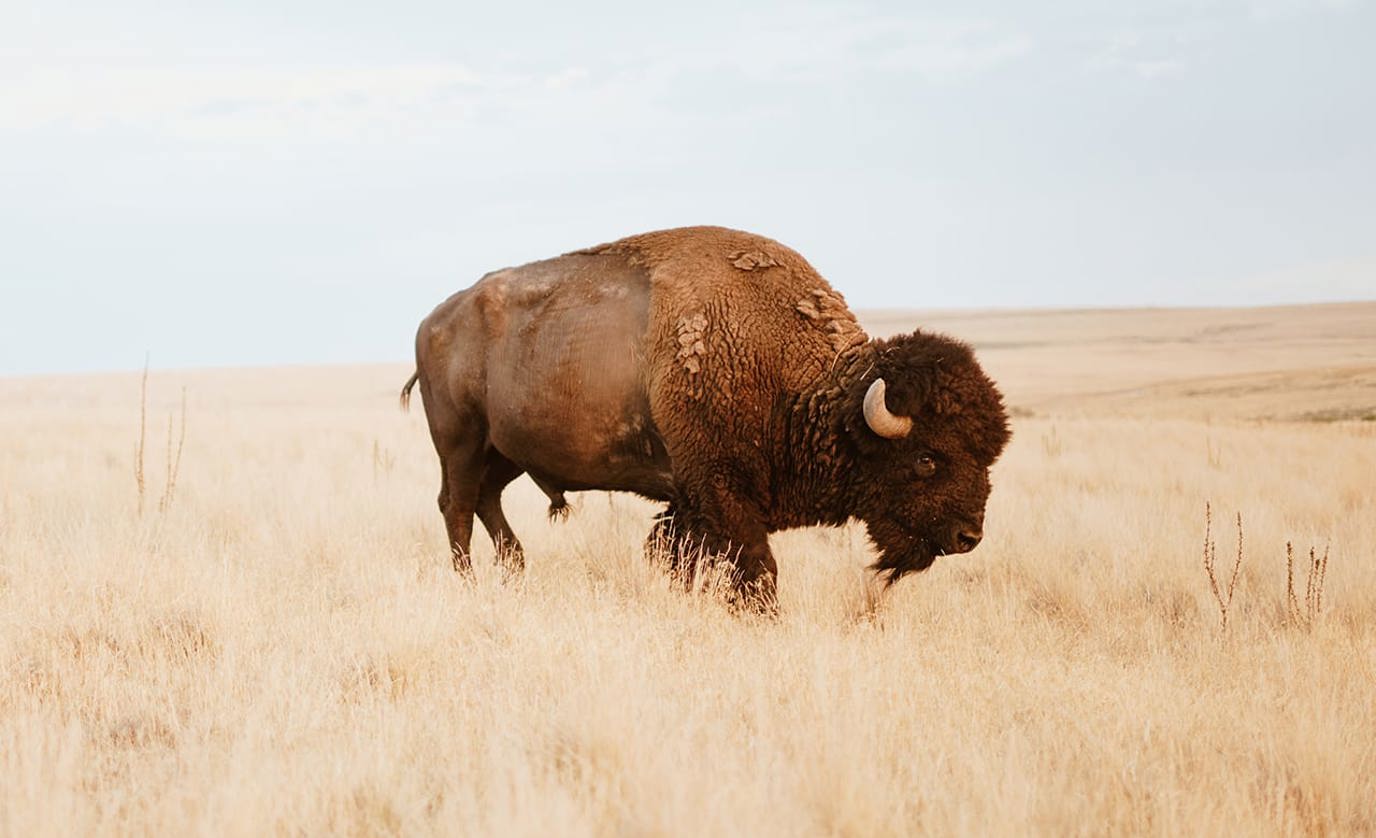
The western United States is a dream come true for RV travelers, with its jaw-dropping national parks, winding scenic byways, and historic landmarks. Whether you're a first-time road-tripper or a seasoned nomad, exploring the West by RV gives you the freedom to stop where you want, sleep where you want, and take in unforgettable views—one mile at a time.
In this guide, we’ll take you through the most iconic RV routes in the West, from the cliffside curves of the Pacific Coast Highway to the red rock wonders of Utah's Grand Circle. We’ll also share practical tips for long-haul RV travel and highlight essential gear and campground booking strategies to make your trip seamless.
Why Travel the West by RV?
The West is tailor-made for RV travel. Wide open roads, dispersed campsites, and RV-friendly parks make it easy to plan an epic journey. And instead of rushing from hotel to hotel or booking flights between cities, an RV lets you explore at your own pace while keeping all your essentials close by.
Whether you’re after alpine lakes, desert canyons, coastal cliffs, or lush forests, the western U.S. delivers a unique variety of landscapes—many within just a few hours’ drive of each other. So instead of taking your own car, pick up an RV rental to explore the western states with your family. There are plenty of roadside attractions and exciting stops to make along the way. Plan ahead with this blog post and spend some quality time with your family on one of these trips.
Top RV Routes in the Western U.S.
1. Pacific Coast Highway (California to Washington)
Route: Highway 1 & U.S. 101
Distance: ~1,650 miles
Best Time to Go: Spring through early fall
Winding along the rugged Pacific Ocean, the Pacific Coast Highway offers some of the most beautiful coastal views in the world. Starting in Southern California and stretching all the way into Washington state, this route passes through beach towns, towering redwoods, and windswept cliffs.
Must-See Stops:
-
Big Sur, CA: Camp under redwoods and hike to McWay Falls.
-
San Francisco, CA: Park the RV and explore the Golden Gate Bridge and Fisherman’s Wharf.
-
Redwood National and State Parks, CA: Drive through ancient trees and stop for some forest bathing.
-
Cannon Beach, OR: Home to Haystack Rock and classic coastal views.
-
Olympic National Park, WA: A mix of alpine peaks, rainforests, and beaches.
2. Route 66 (Chicago to Santa Monica, Focus on AZ/NM)
Route: U.S. Route 66 (Historic Route)
Distance: ~2,400 miles total (Western highlights ~1,000 miles
Best Time to Go: Spring or fall
Get your kicks on the western portion of this nostalgic route, especially through Arizona and New Mexico. Route 66 is more than a road—it’s a living museum of Americana, filled with roadside diners, vintage motels, and quirky attractions.
Must-See Stops:
-
Petrified Forest National Park, AZ: Fossilized logs and colorful badlands.
-
Holbrook, AZ: Home to the kitschy Wigwam Motel.
-
Winslow, AZ: Stand on the corner made famous by The Eagles.
-
Albuquerque, NM: Explore historic Old Town and the Sandia Peak Tramway.
3. The Grand Circle (Utah & Arizona National Parks)
Route: A loop connecting several national parks
Distance: ~1,200 miles
Best Time to Go: Spring or fall for cooler weather and lighter crowds
This jaw-dropping loop through Utah and northern Arizona features some of the most spectacular natural wonders in North America. Think red rock spires, deep canyons, and endless skies.
Must-See Stops:
-
Zion National Park, UT: Hike The Narrows or Angels Landing.
-
Bryce Canyon National Park, UT: Explore hoodoo-filled amphitheaters.
-
Capitol Reef National Park, UT: An underrated park with orchards and canyons.
-
Arches National Park, UT: Iconic sandstone arches and desert views.
-
Canyonlands National Park, UT: Perfect for stargazing and solitude.
-
Grand Canyon National Park, AZ: No RV trip west is complete without it. Be sure to visit both the north and south rims.
4. The Sierra Nevada Loop (California & Nevada)
Route: U.S. 395 + Tioga Pass
Distance: ~800 miles
Best Time to Go: Late spring through early fall (check pass openings)
For those looking to combine alpine lakes, granite peaks, and hot springs, the Sierra Nevada region is pure magic. With scenic byways, remote campgrounds, and proximity to major parks, it’s perfect for adventurous RV travelers.
Must-See Stops:
-
Lake Tahoe, CA/NV: Beautiful views, swimming, and kayaking.
-
Mammoth Lakes, CA: Hiking, fishing, and nearby hot springs.
-
Yosemite National Park, CA: Drive Tioga Road and camp outside the valley.
-
Mono Lake, CA: Ancient saline lake with fascinating tufa towers.
5. Oregon Adventure Loop (Mountains, Desert, and Coast)
Route: Portland → Bend → Crater Lake → Oregon Coast
Distance: ~1,100 miles
Best Time to Go: Late spring to early fall
Oregon is wildly diverse and RV-friendly, with campgrounds near nearly every attraction. In one loop, you’ll hit waterfalls, volcanoes, desert landscapes, and coastal cliffs.
Must-See Stops:
-
Columbia River Gorge: Stunning waterfalls like Multnomah Falls.
-
Bend, OR: Outdoor adventure hub with breweries and lava tubes.
-
Crater Lake National Park: Deepest lake in the U.S. and breathtaking views.
-
Oregon Dunes & Coast: Giant dunes and charming beach towns.
6. Yellowstone & Glacier National Parks (Wyoming & Montana)
Route: U.S. 89, U.S. 20, Going-to-the-Sun Road
Distance: ~500 miles between parks
Best Time to Go: July to September (when mountain roads are fully open)
For travelers craving alpine views, geothermal wonders, and incredible wildlife sightings, Yellowstone and Glacier are two unmissable stops in the northern Rockies. This route is perfect for RVers seeking a mix of adventure, natural beauty, and peaceful solitude.
Must-See Stops:
-
Old Faithful: The world’s most famous geyser erupts roughly every 90 minutes.
-
Grand Prismatic Spring: A surreal, rainbow-colored hot spring that's a must-see.
-
Lamar Valley: Known for bison herds, wolves, and grizzlies—especially at dawn and dusk.
-
Grand Canyon of the Yellowstone: Massive waterfalls and dramatic canyon views.
-
Going-to-the-Sun Road: One of the most scenic drives in the U.S.—note RV size restrictions.
-
Lake McDonald: Ideal for relaxing lakeside or enjoying a peaceful paddle.
-
Logan Pass: Sweeping mountain views and frequent mountain goat sightings.
-
Many Glacier: A quieter area with epic hiking and photo opportunities.
Pro Tips:
-
RV campsites inside both parks book up quickly—reserve months in advance on recreation.gov.
-
Glacier's Going-to-the-Sun Road prohibits RVs longer than 21 feet or taller than 10 feet. Use shuttle buses or park smaller tow vehicles for this scenic drive.
-
Carry bear spray and layer up—weather in these higher elevations can change fast.
-
Consider combining these two parks into one longer northern loop, especially during summer.
Practical Tips for Long-Haul RV Travel in the West
Budgeting for a Western RV Road Trip
Traveling by RV can be cost-effective—especially when you factor in savings on hotels and dining. Still, there are costs to account for:
-
Fuel: Budget for long drives and elevation changes.
-
Campsites: National parks range from $15–$35/night, private RV parks can be $50–$100+.
-
Park fees: Many western parks have entry fees. Consider an America the Beautiful Pass for $80/year.
Campground Reservations & Boondocking
Many popular campgrounds fill months in advance—especially in national parks.
Pro Tips:
-
Use recreation.gov for national park and forest reservations.
-
Look into Harvest Hosts for unique spots.
-
Try boondocking (free, off-grid camping) in BLM areas or national forests—just be sure to follow Leave No Trace principles.
Essential Gear for Exploring Out West
Before you hit the road, stock your RV with the right gear to handle changing conditions and remote areas.
-
Solar power ora backup battery
-
Hiking gear & hydration packs
-
National park guidebook
-
All-weather clothing (layers!)
-
Cooler or fridge for longer stays
-
RV leveling blocks
-
Wi-Fi hotspot or signal booster (many areas have low service)
Why an RV Makes the West Even Better
There’s nothing quite like pulling up to a scenic overlook and knowing your bed, coffee, and camp chair are right there with you. RVs allow you to:
-
Stay closer to nature: Wake up steps away from hiking trails or beach cliffs.
-
Be flexible: Change plans with the weather or your mood. This is especially helpful when traveling with kids. You never know what to expect, but you can go with the flow by taking an RV.
-
Save money: No need to splurge on hotels or eat out every night. You can eat in picnic areas and cook in your RV.
-
Enjoy comfort and convenience: Especially with Cruise America’s RV rental options that include everything you need to get started.
Planning Your RV Rental with Cruise America
Cruise America makes it easy to explore the West with over 120 rental centers across the U.S., including major cities like Los Angeles, Denver, Phoenix, and Seattle. Whether you’re starting a one-way adventure or looping back home, you can find an RV that fits your travel group and your route.
Why Choose Cruise America?
-
Convenient pickup/drop-off locations
-
Fully-equipped RVs with kitchen, bathroom, and beds
-
Affordable rental rates with mileage options
Your Western U.S. RV Trip Awaits
Traveling out west by RV is more than a vacation—it’s an experience of freedom, nature, and awe-inspiring scenery. Whether you’re chasing sunsets along the coast, climbing canyon walls in Utah, or marveling at alpine lakes in the Sierras, an RV opens up a world of unforgettable memories.
So fuel up, pack your bags, and start mapping your route. The open road is calling—and Cruise America is ready to get you there. Rent an RV to get to your destination. Our RV rentals allow you to visit some of the most beautiful places in the western United States. Whether you're a new RVer or a seasoned pro, Cruise America is here to help you plan your tour of the West. We can't wait to see where you'll go in one of our motorhomes!
